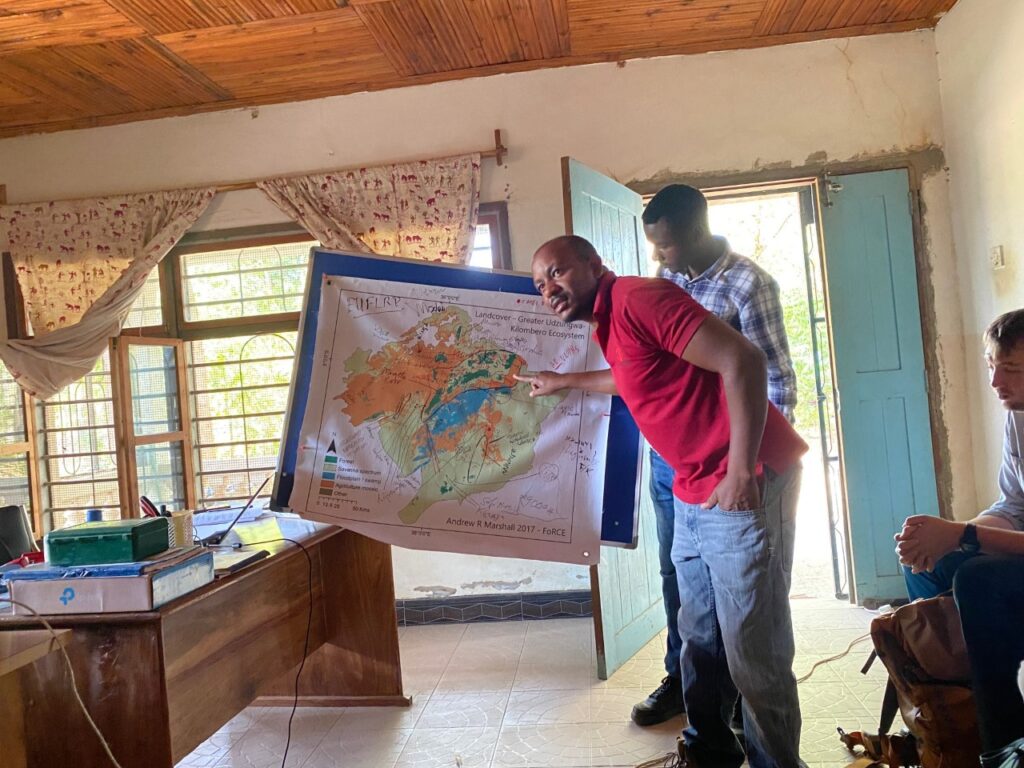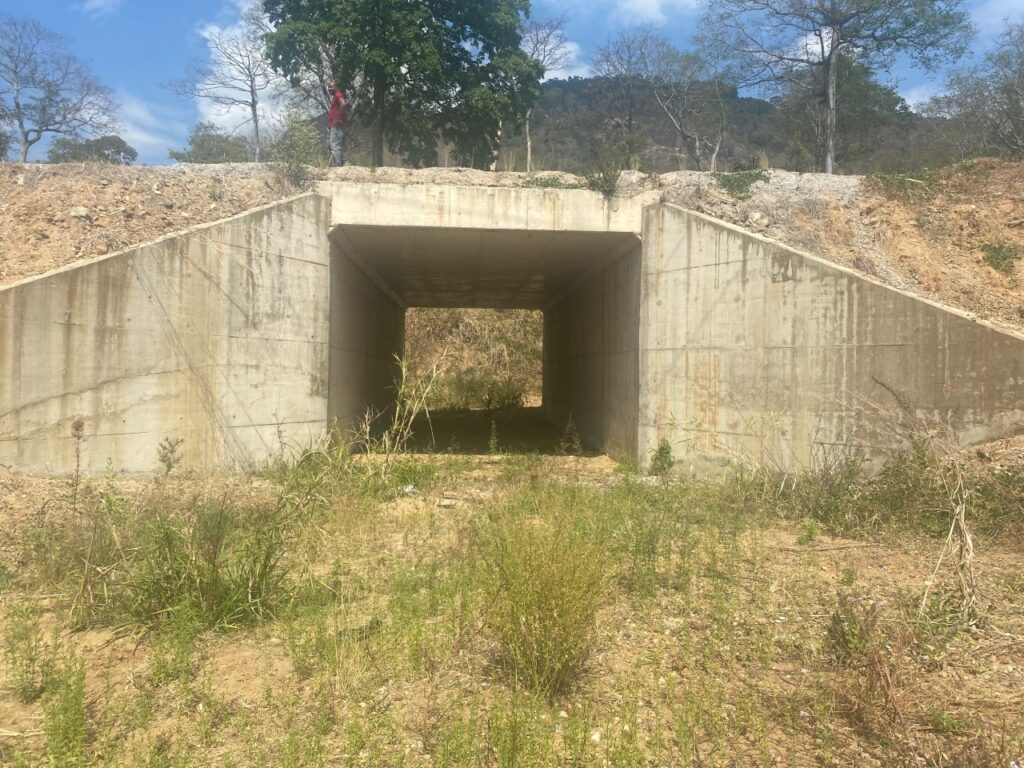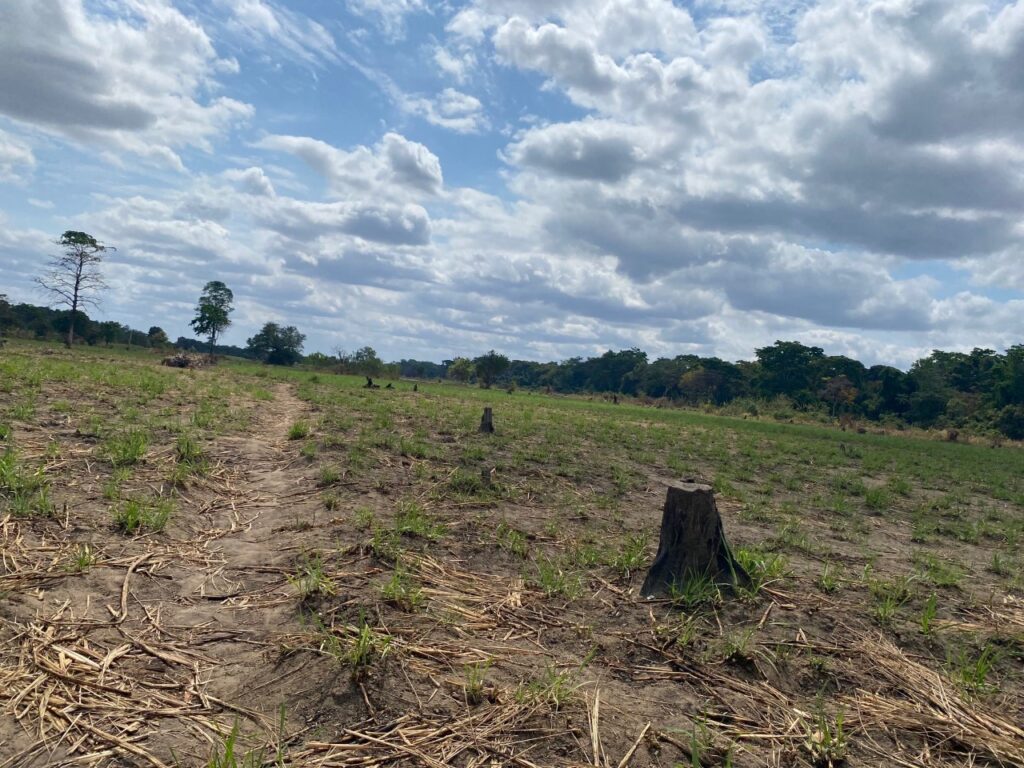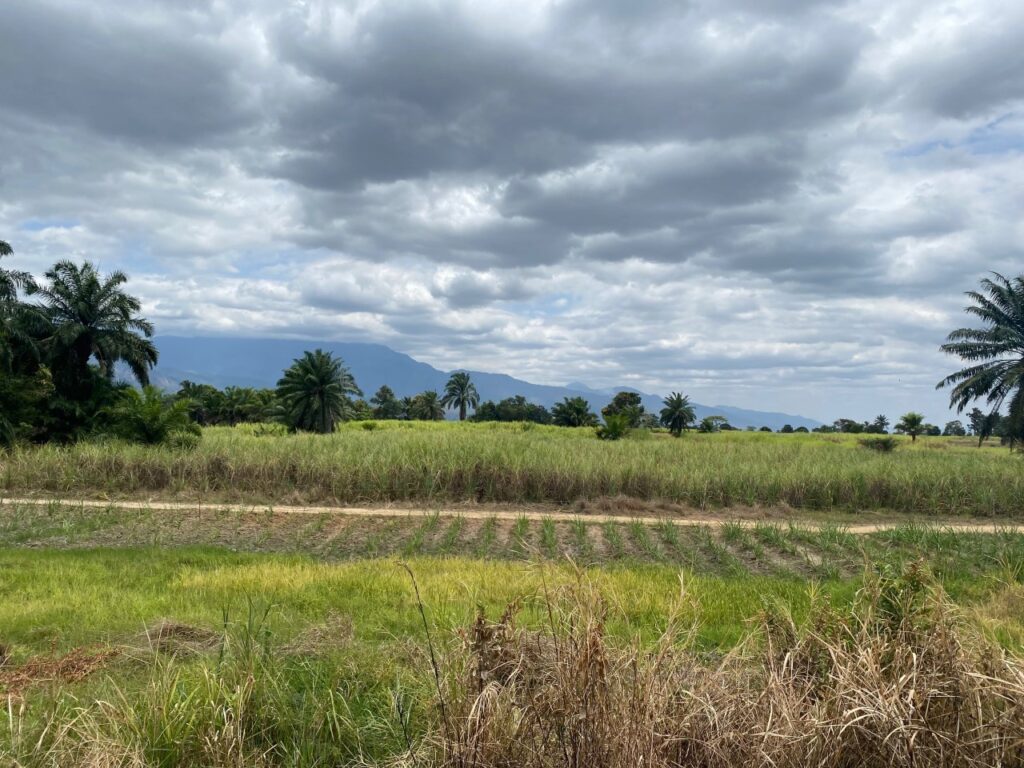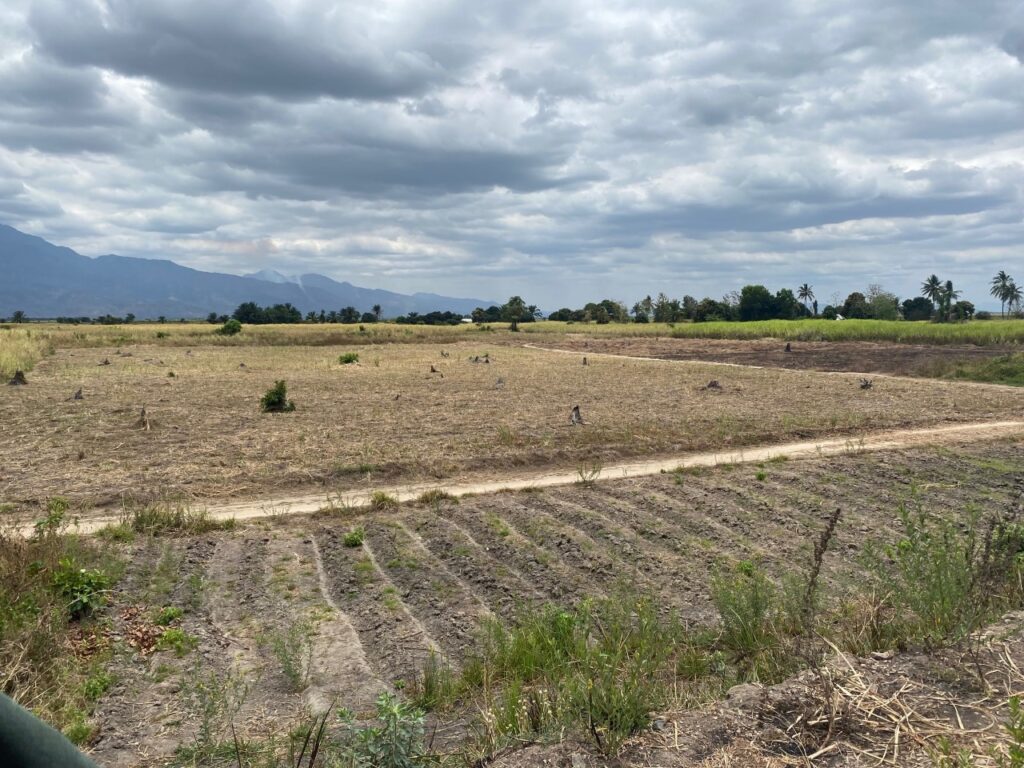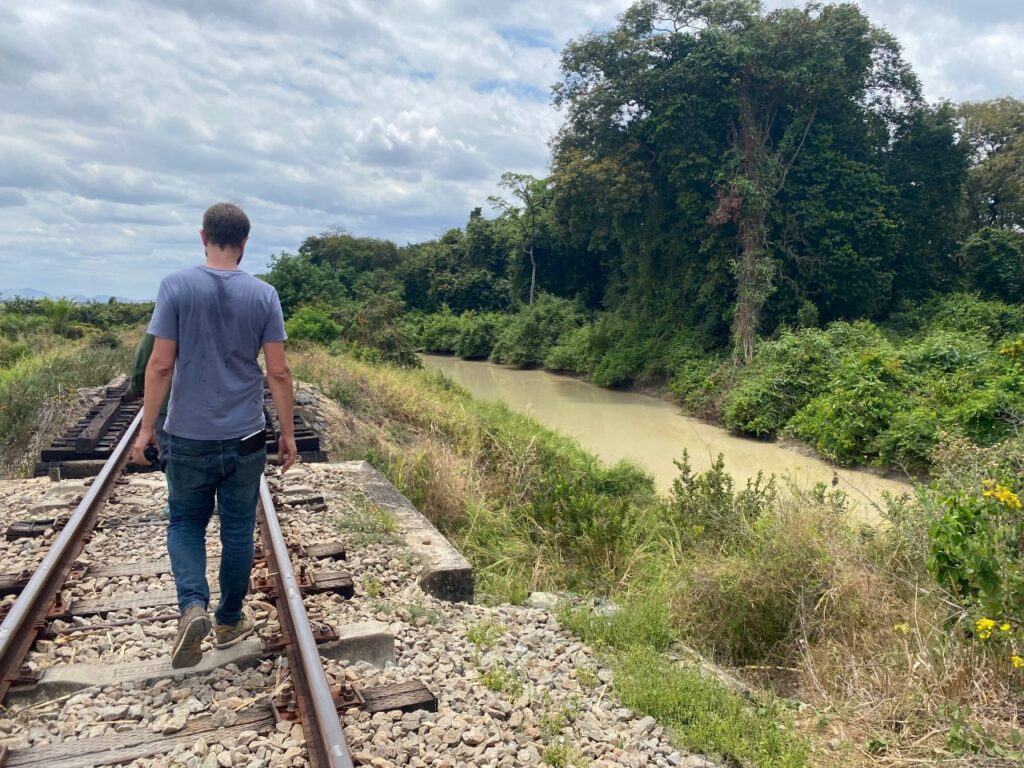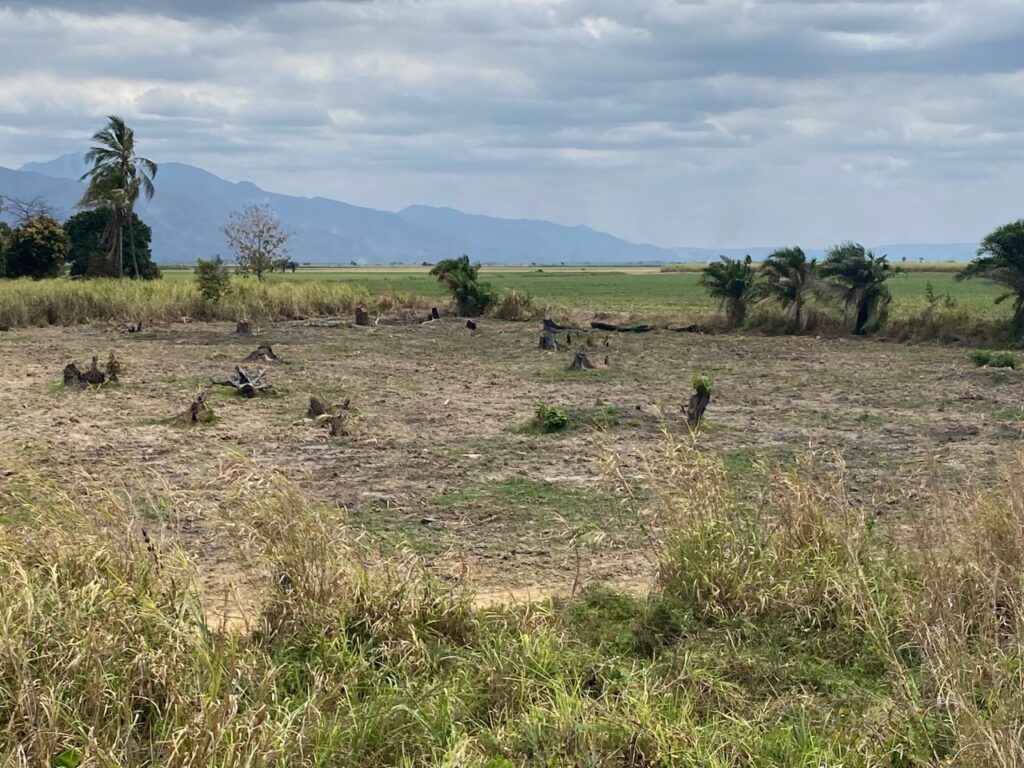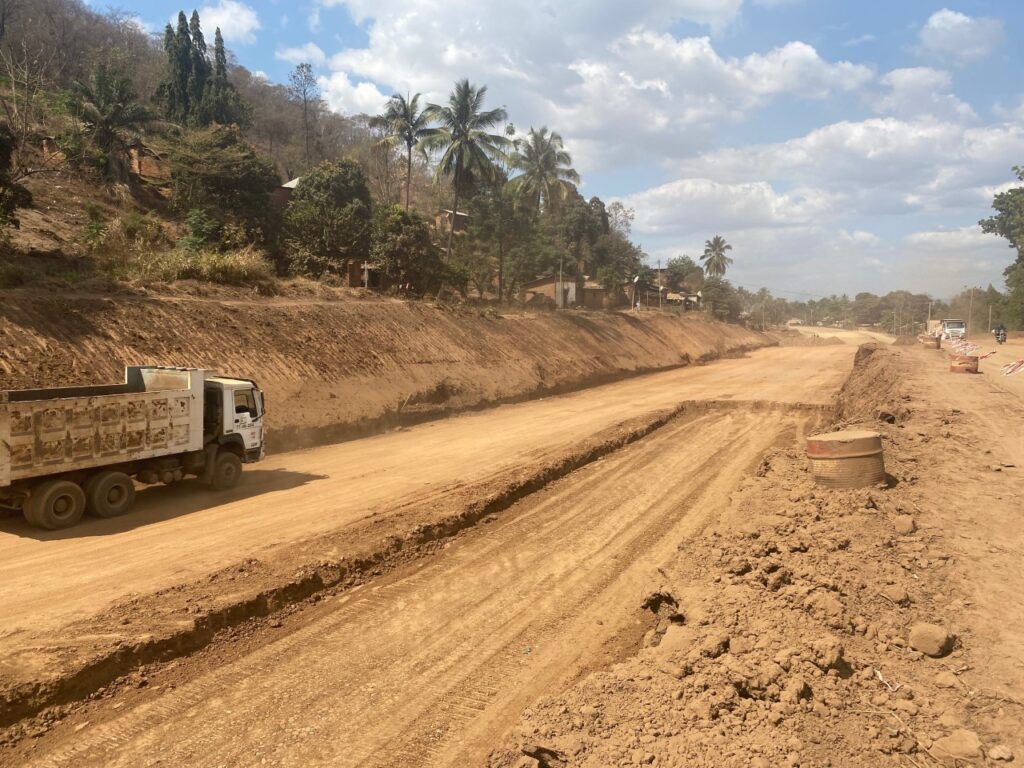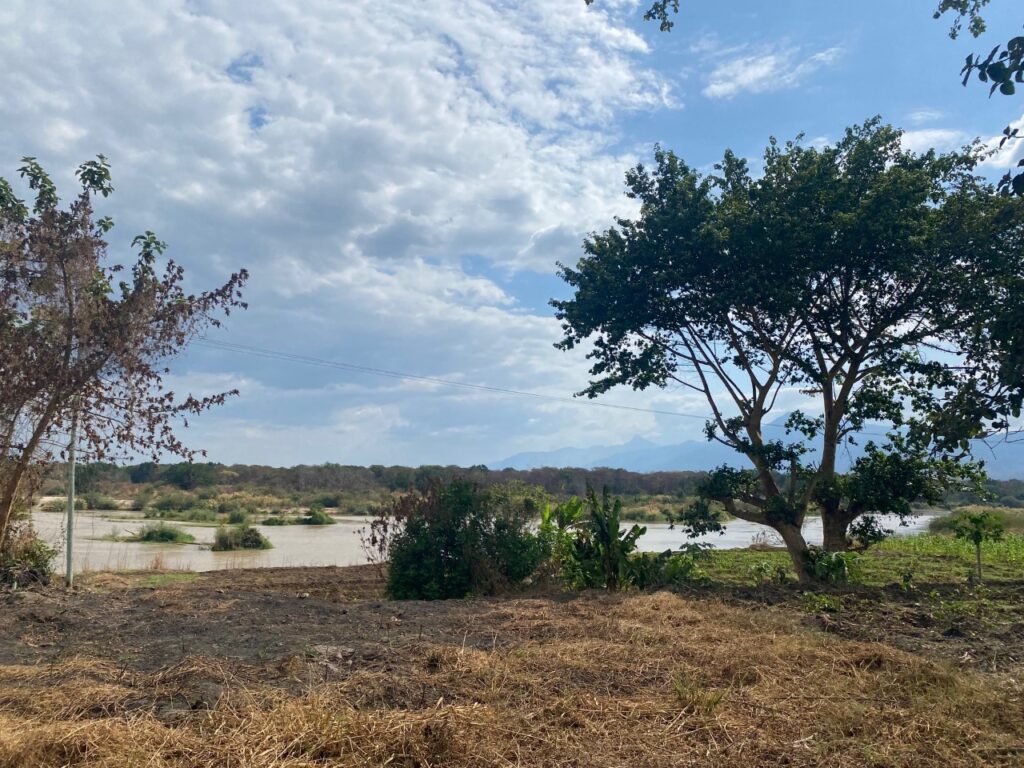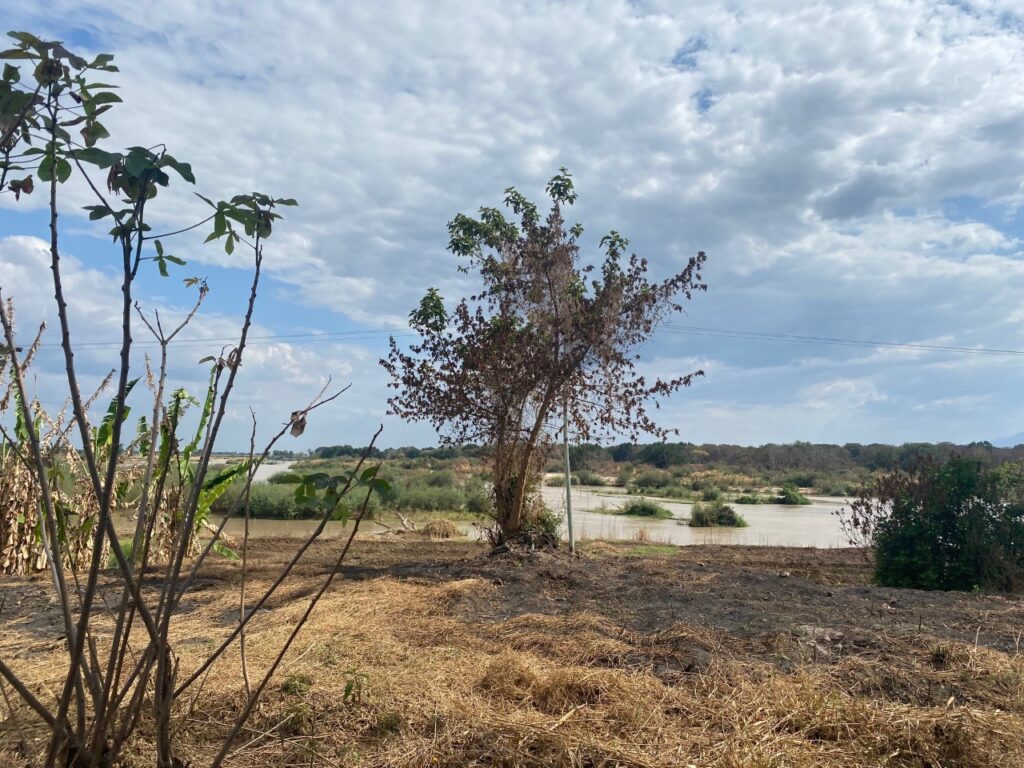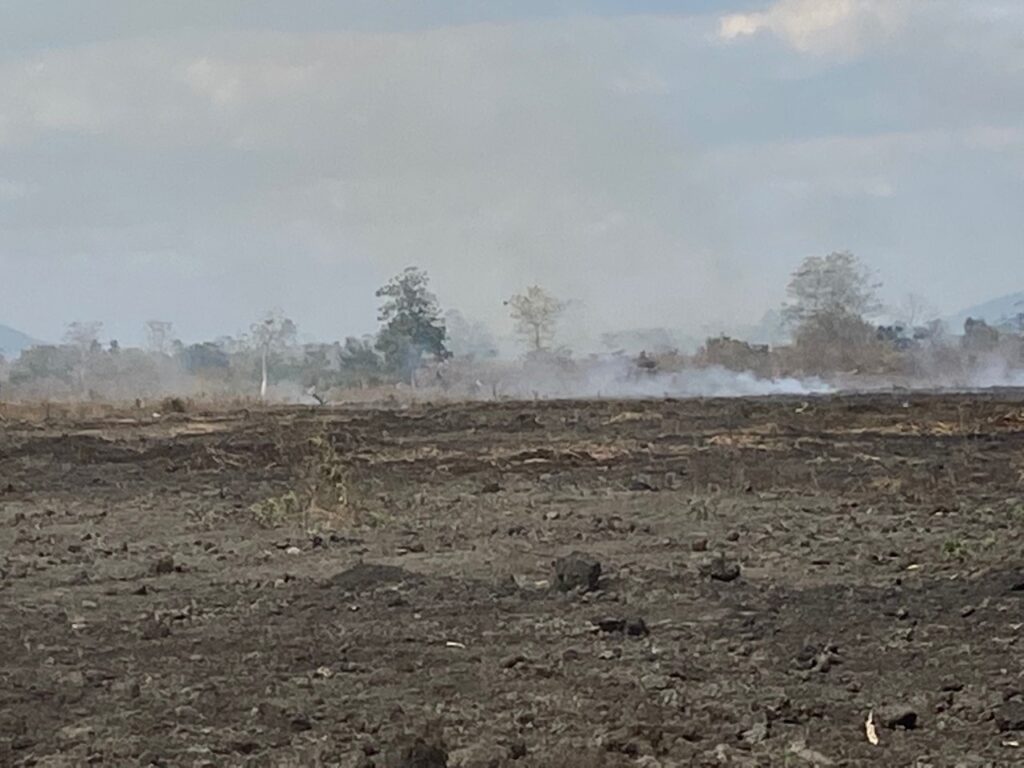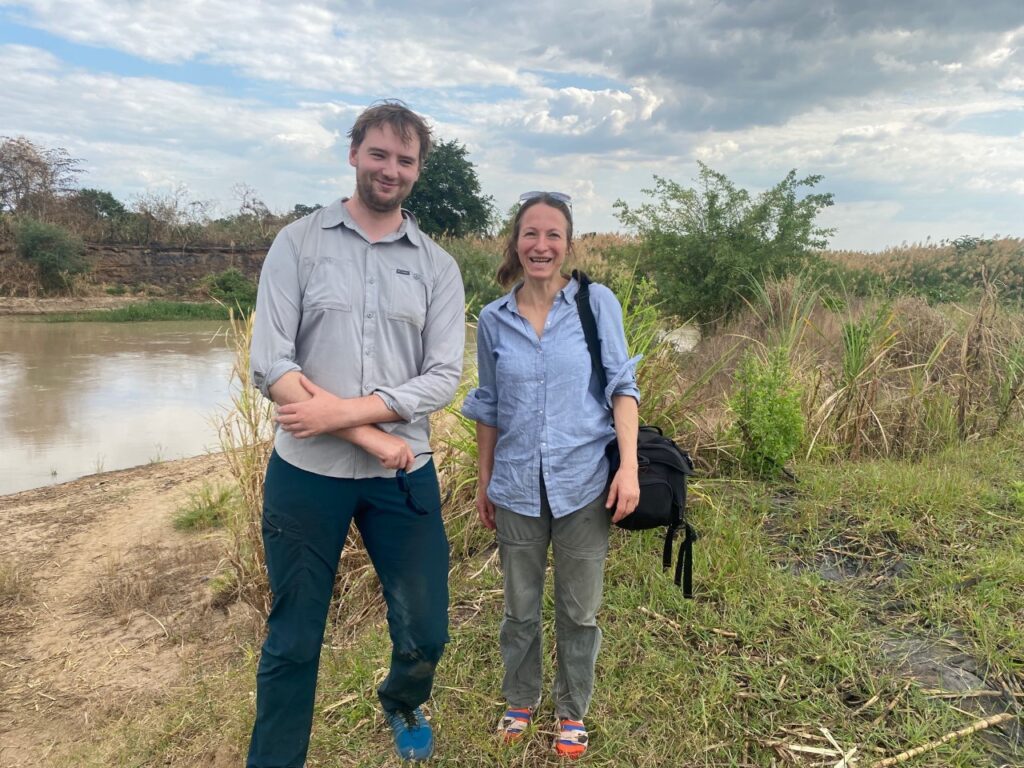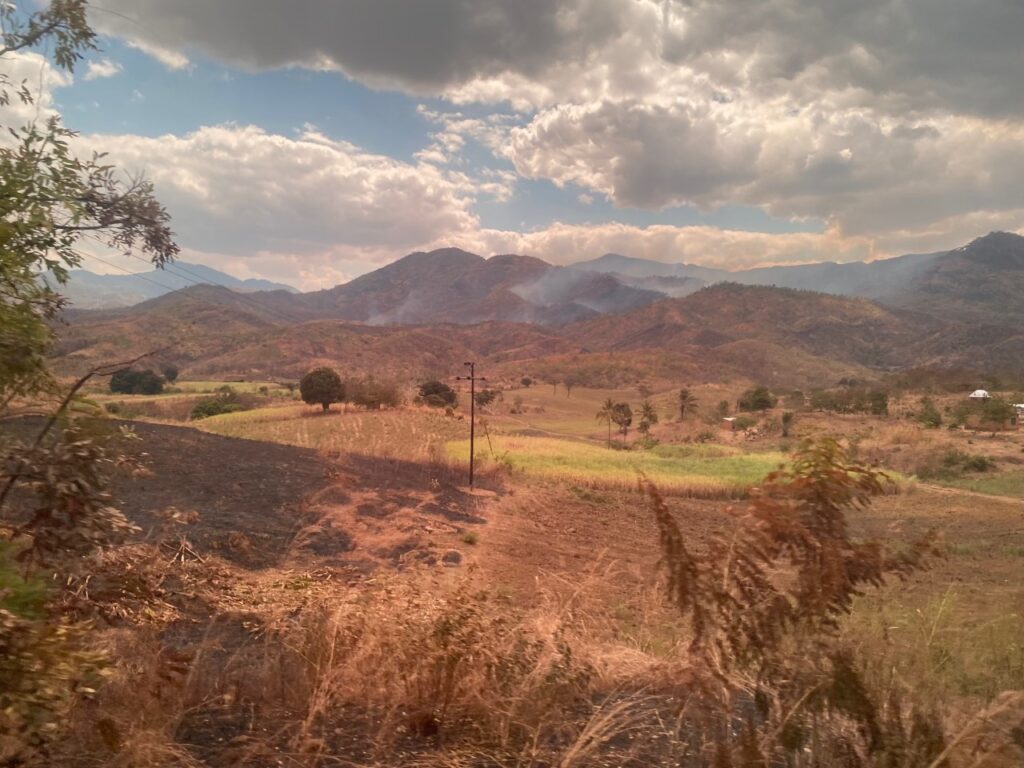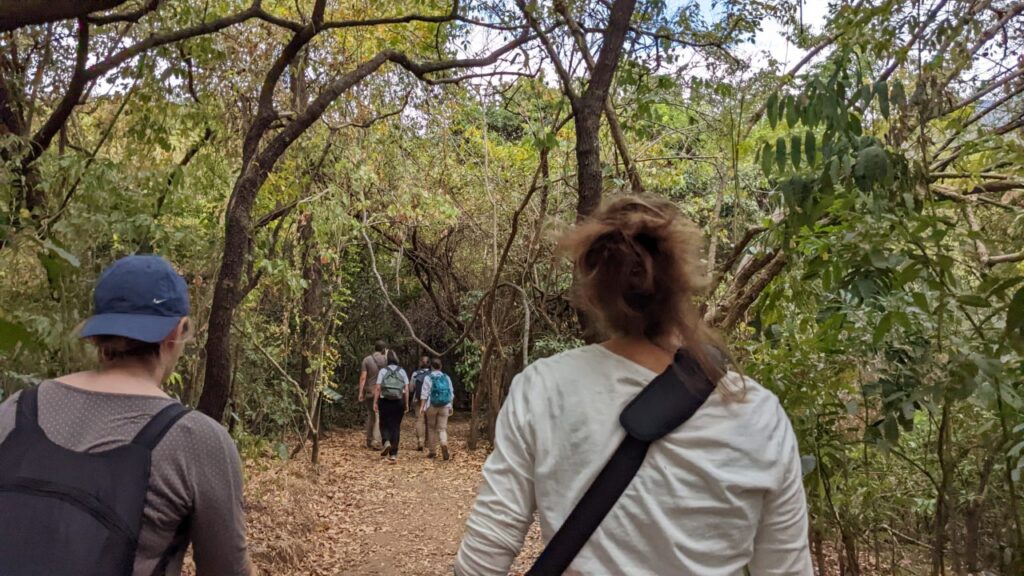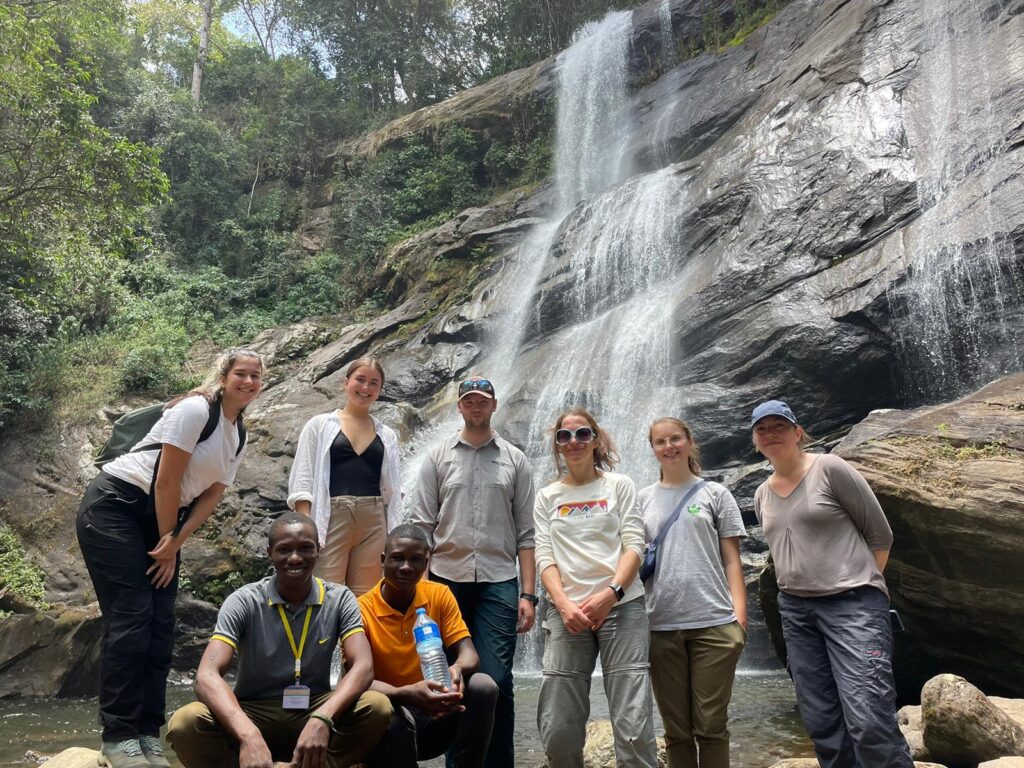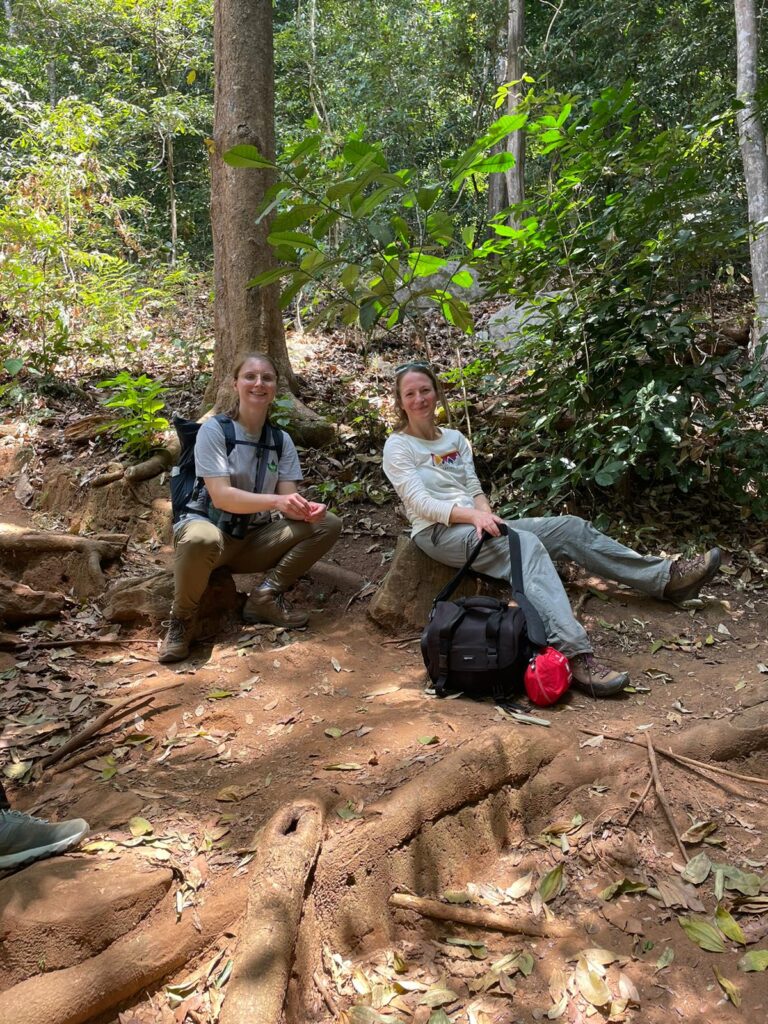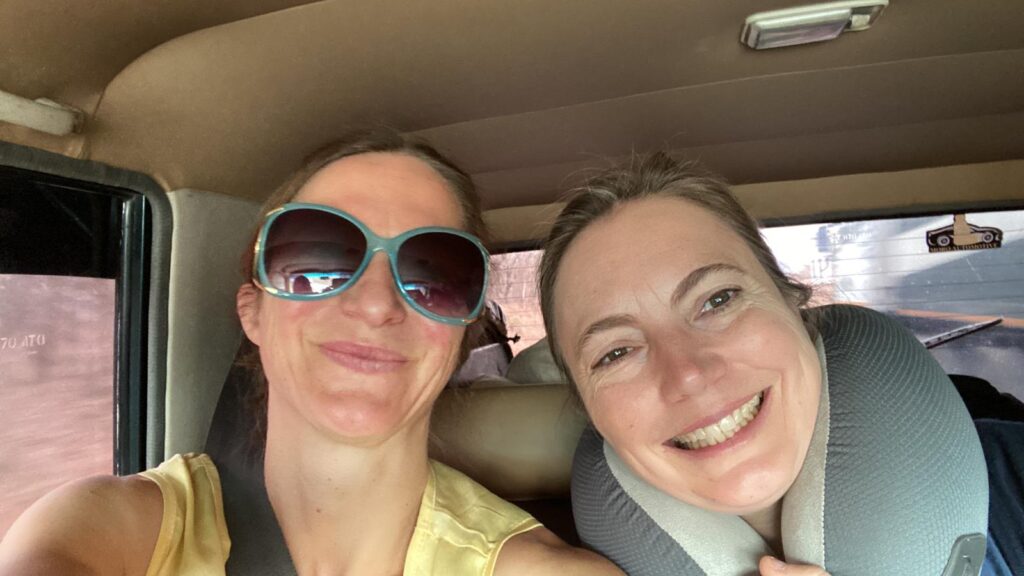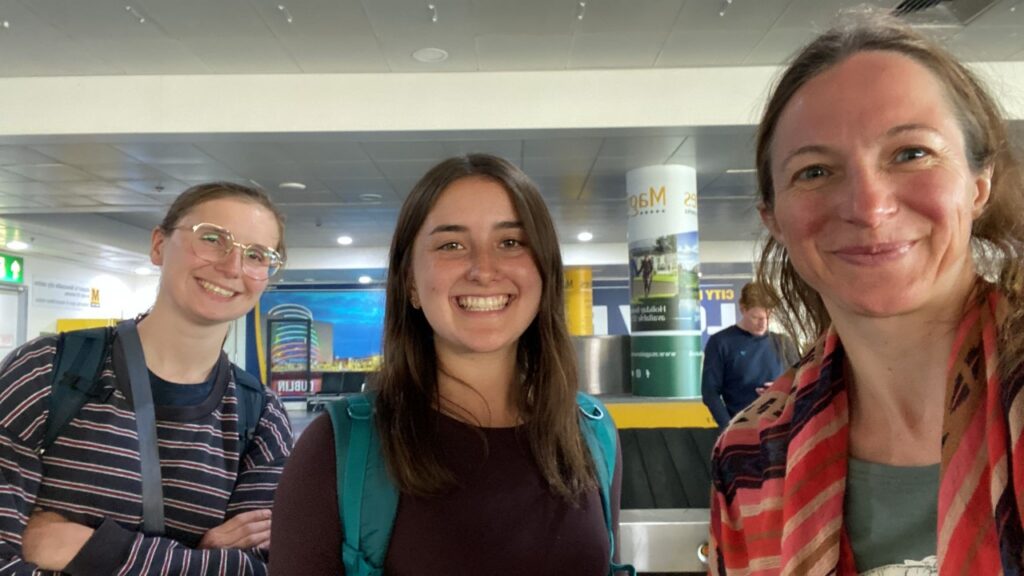We have now returned from our travels, visiting the landscape in the upper Kilombero Valley to meet key actors (Reforest Africa, Illovo Sugar Kilombero Sugar Company) and travelling to Morogoro to implement the final workshop of the project in Tanzania.
What were the first main impressions from the landscape travels?
Elephant numbers have increased in the farmed land and in Magombera Forest Reserve, so we weren’t actually allowed to walk in far. Instead we walked alongside the protected area following the railway tracks. The reserve is now exclusive for tourists (no resource extraction allowed as per new rules). The Reforest Africa team have more ambitious plans for the wider landscape looking at village forest reserves and degraded existing protected areas to as part of their prioritisation schemes. The tunnel for the elephants, going underneath the main road that borders the Udzungwa Mts NP is almost completed on one side, with some optimistic ideas about the mountain facing side, as there is still a steep slope to conquer for the elephants.
The fields look very different in the dry season. It’s hot, and as our data logger showed in the previous year, surface temperatures on vegetation and ground can easily exceed 40 and even 50 degree C during peak day time temperatures. Fires were common, some of them turning the air dark grey (sugarcane burning) over large parts of the fields, and some of them were fires in the mountain forests that seem to have escaped local burning (for poaching or otherwise). The rivers show signs of degradation and bank erosion, and we have worked with James Hardwick and Dr Zarah Pattison to draft a business case to establish a river restoration plan, which we have shared with Illovo Sugar and will discuss with IUCN Sustain 2 in the next months.
Most importantly: we have not yet dramatically fallen out with each other, a major achievement given the nature of the travels :).

